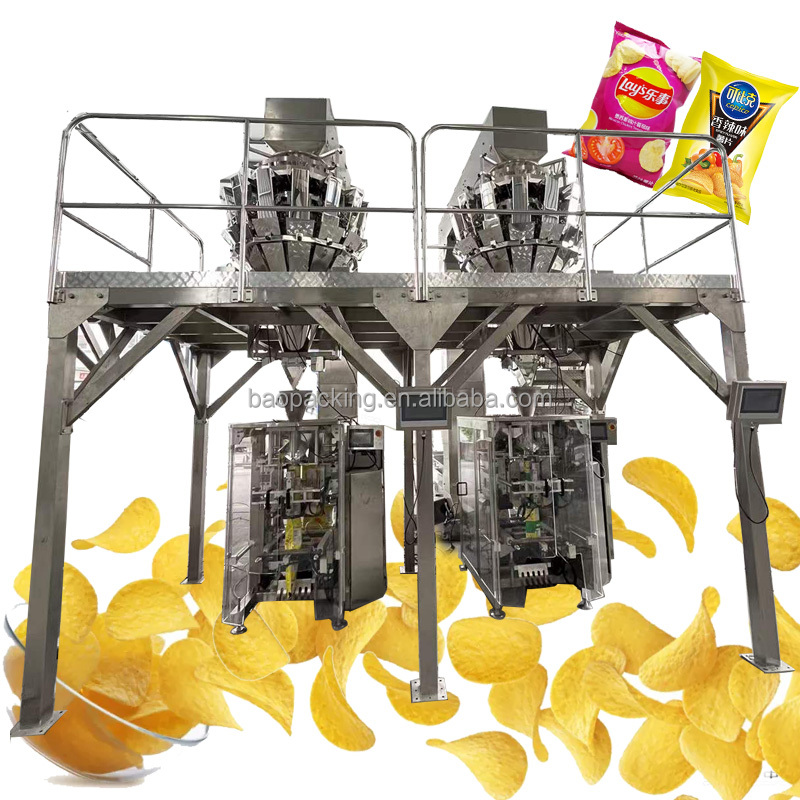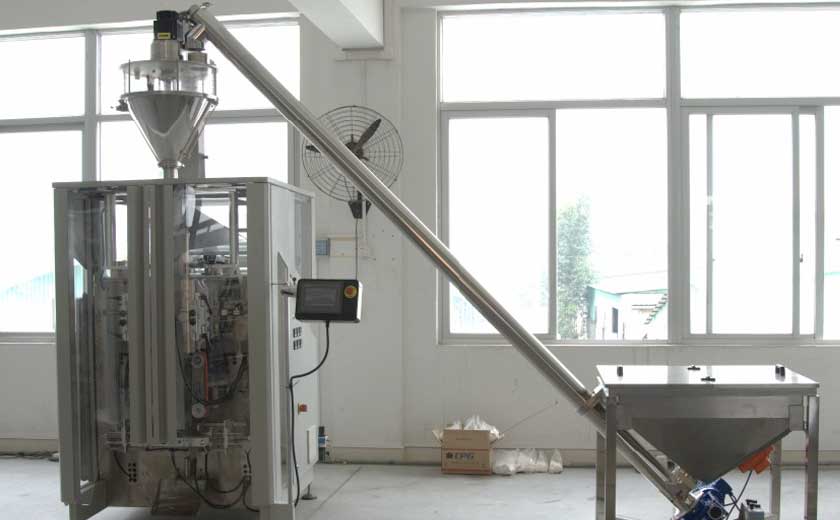How to Integrate an Auto Weighing Filling Machine into Your Production Line
In today’s fast-paced manufacturing environment, efficiency and accuracy are paramount. Auto weighing filling machines offer a solution to these demands by automating the process of filling containers with precise amounts of product. Integrating one into your production line can streamline operations, reduce waste, and improve overall efficiency. This article will guide you through the steps involved in integrating an auto weighing filling machine into your production line.
Pre-Installation Considerations
Before purchasing an auto weighing filling machine, it’s crucial to evaluate your production line requirements and ensure compatibility. Determine the desired filling rates, container sizes, and product characteristics that will be handled. Consider the available space and the location where the machine will be installed. Additionally, assess the power requirements, compressed air availability, and any necessary modifications to the production line layout.
Machine Selection and Configuration
Based on your pre-installation considerations, select the most appropriate auto weighing filling machine for your application. Factors to consider include filling accuracy, speed, and the type of product being filled. Configure the machine to meet your specific production line requirements, including the target filling weight, container size, and filling nozzles. Ensure that the machine is calibrated and tested before integrating it into the production line.
In-Line Integration
Integrating the auto weighing filling machine into your production line involves connecting it to the conveyor system, input and output lines, and control systems. The machine should be securely mounted on a suitable base to ensure stability and minimize vibration during operation. Proper alignment of the filling nozzles with the containers is essential for accurate and uniform filling. Test the machine thoroughly to ensure smooth operation before transitioning to full-scale production.
Operator Training and Maintenance
Provide comprehensive training to operators on the proper operation, maintenance, and troubleshooting of the auto weighing filling machine. Establish a regular maintenance schedule to ensure optimal performance and prevent breakdowns. Inspect the machine regularly, clean and lubricate moving parts, and recalibrate the system as needed. Proactive maintenance will extend the lifespan of the machine and minimize downtime.
Quality Control and Compliance
Implement quality control measures to ensure the accuracy and consistency of the filling process. Regularly monitor filling weights to verify that they meet specifications. Comply with all relevant industry standards and regulations to ensure product safety and quality. Use data logging and reporting features to track production data and identify any potential issues.
Optimization and Troubleshooting
Continuously monitor and analyze the performance of the auto weighing filling machine to identify areas for improvement. Optimize the filling parameters to minimize waste and maximize efficiency. If any issues arise, consult the manufacturer’s documentation or contact technical support to troubleshoot and resolve the problem promptly.
Integrating an auto weighing filling machine into your production line requires careful planning and implementation. By following the steps outlined above, you can ensure a seamless integration that streamlines your operations, reduces waste, and enhances efficiency. With regular maintenance, operator training, and quality control measures, you can maximize the value of your auto weighing filling machine and achieve long-term success in your manufacturing endeavors.
-
Overview of Packaging Machine Buying Guides
08-01-2024 -
How Does a Vertical Form Fill Seal Machine Work?
30-10-2023 -
Advancements in Auger Powder Filling Technology
27-10-2023 -
A Deep Dive into Automatic Packaging Machines
26-10-2023 -
The Revolutionary Fully Automatic Potato Chips Packaging Machine
20-09-2023 -
How to choose the right packaging machine?
23-08-2023 -
Reducing Waste And Maximizing Yield With Multihead Weigher Machines
15-03-2023 -
Nuts Packaging Machine for Dry Products Perservation
26-11-2022 -
Is Automated Biscuit Packaging Machine Better Than Manual Opeartion?
25-11-2022













